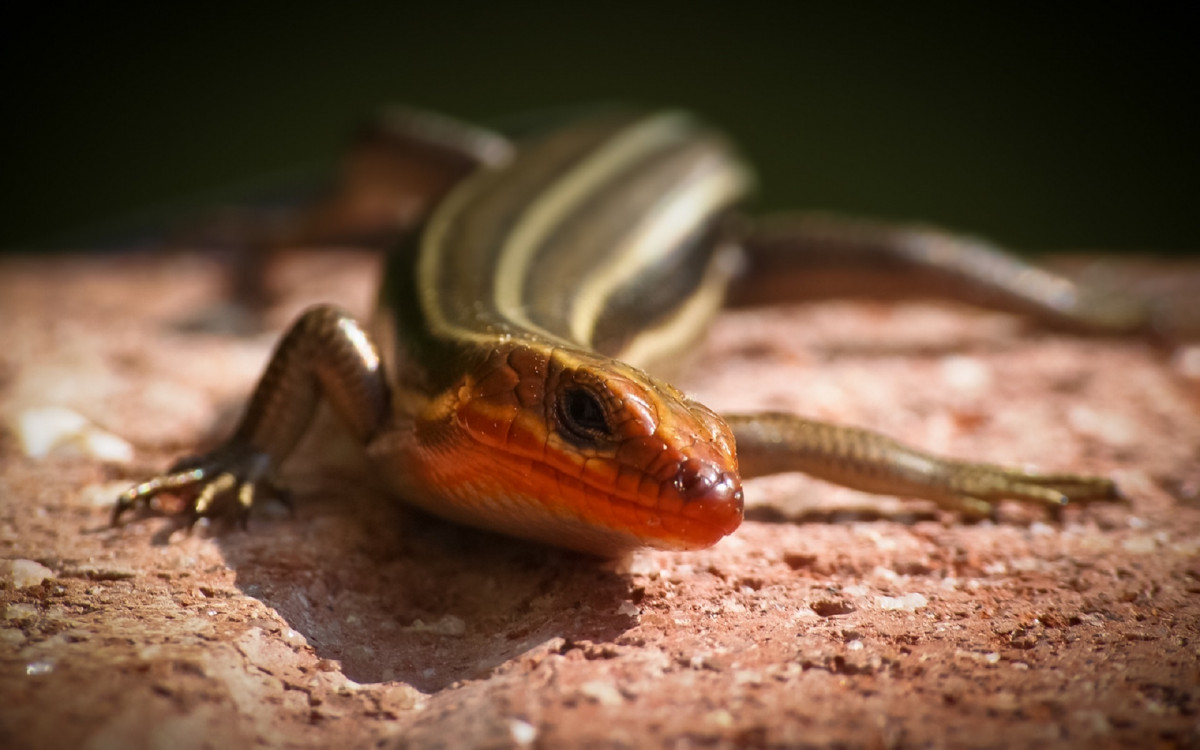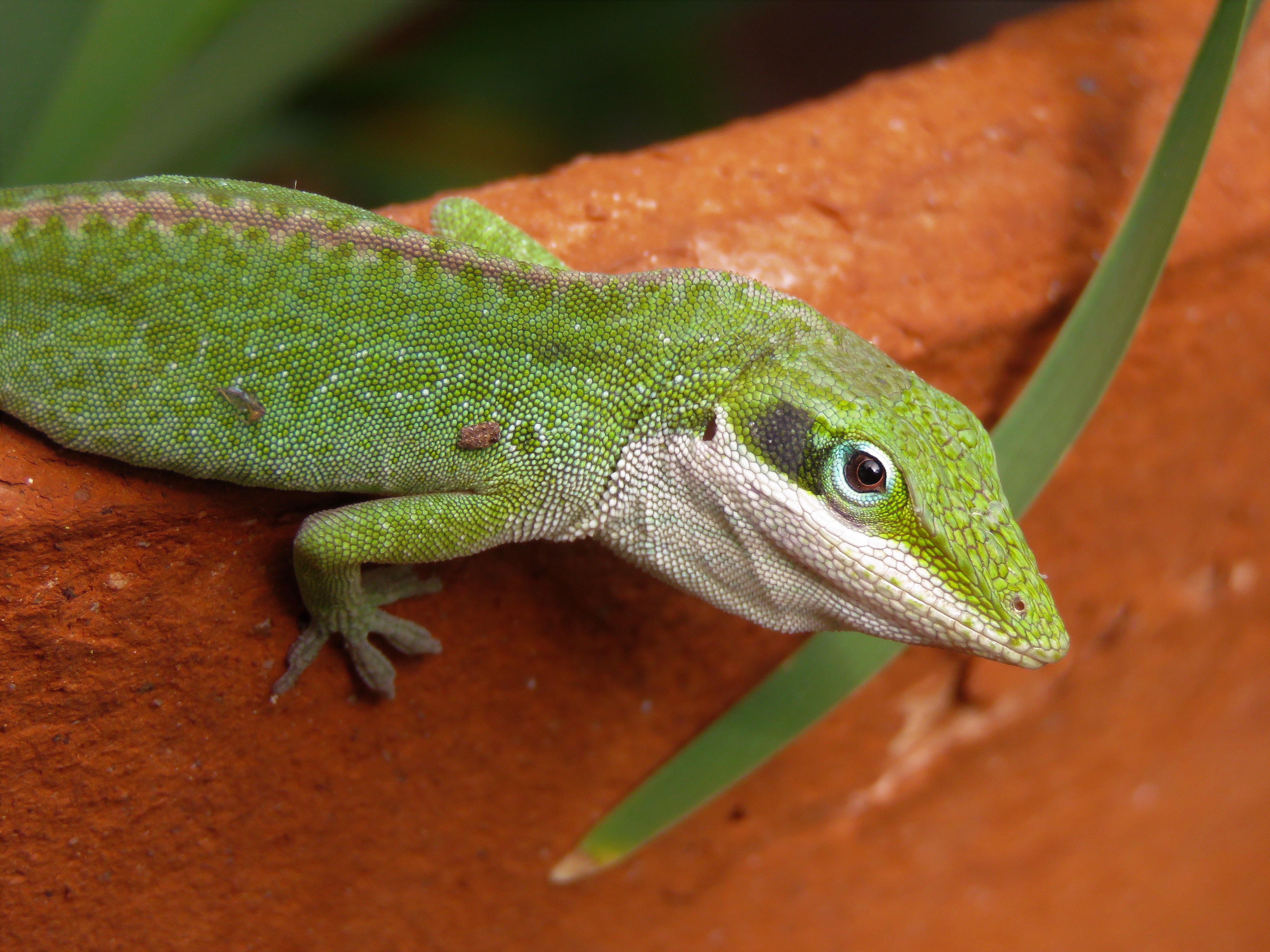
Crocodile Skink Care: Tips for Keeping Your Lizard Happy and Healthy
Crocodile skinks are fascinating creatures that make great pets for reptile enthusiasts. However, proper care is essential to ensure the well-being of these unique reptiles. In this guide, we’ll provide you with valuable tips on crocodile skink care to help you create a thriving habitat for your pet.
1. Creating the Perfect Habitat
- Tank Size and Setup
To keep your crocodile skink comfortable, you’ll need a tank that mimics its natural habitat. A 20-gallon tank is sufficient for a pair of skinks, but larger enclosures are always better. Provide plenty of hiding spots and branches for climbing, as these lizards love to explore their environment.
- Temperature and Humidity
Maintaining the right temperature and humidity levels is crucial for your crocodile skink’s health. The temperature gradient should range from 75-85°F (24-29°C), with a basking spot reaching up to 90°F (32°C). Humidity levels should be kept between 70-80% to replicate their native rainforest habitat. Use a hygrometer and a reptile-safe humidifier to monitor and control humidity.
2. Feeding and Nutrition
- A Varied Diet
Crocodile skinks are omnivores, meaning they eat both insects and fruits. Offer a diverse diet that includes appropriately sized insects like crickets, mealworms, and roaches. You should also provide a mix of fruits such as bananas, mangoes, and berries. Dust the insects and fruits with calcium and vitamin D3 supplements to ensure proper nutrition.
- Feeding Schedule
Feed your crocodile skink every other day, offering enough food to match the size of its head. Remove uneaten food promptly to maintain cleanliness. Providing a shallow dish of fresh water at all times is also essential for hydration.
3. Handling and Enrichment
- Gentle Handling
Crocodile skinks are generally shy and prefer minimal handling. When necessary, approach them slowly and with care to avoid causing stress. Support their body properly and avoid grabbing their tail, as it may break off as a defense mechanism.
- Environmental Enrichment
Providing environmental enrichment helps stimulate your skink’s natural behaviors. Add branches, rocks, and plants for climbing and hiding. You can also offer tunnel systems and other hiding spots to keep your skink mentally stimulated.
4. Regular Health Check-ups
- Veterinary Care
Regular visits to a reptile veterinarian are essential for ensuring your crocodile skink’s overall health. They can perform check-ups, provide vaccinations, and address any concerns you may have.
- Signs of Illness
Be attentive to signs of illness, such as loss of appetite, weight loss, lethargy, or changes in behavior. If you notice any concerning symptoms, consult a reptile veterinarian immediately.
By following these crocodile skink care tips, you are well on your way to providing a happy and healthy life for your pet lizard. Remember, creating a suitable habitat, providing a varied diet, gentle handling, and regular veterinary care are all essential components of responsible lizard ownership. Enjoy the fascinating world of crocodile skinks and watch your pet thrive!
Keep Reading

Blue Tongue Skink Tank Size: How to Provide the Perfect Home for Your Lizard
Blue tongue skinks are fascinating reptiles that make great pets for reptile enthusiasts. One crucial aspect of blue tongue skink care is providing them with the right tank size.

Easiest Lizards to Care For: A Guide for Beginners
Are you considering getting a lizard as a new pet, but unsure which species would be the easiest to care for? Look no further!